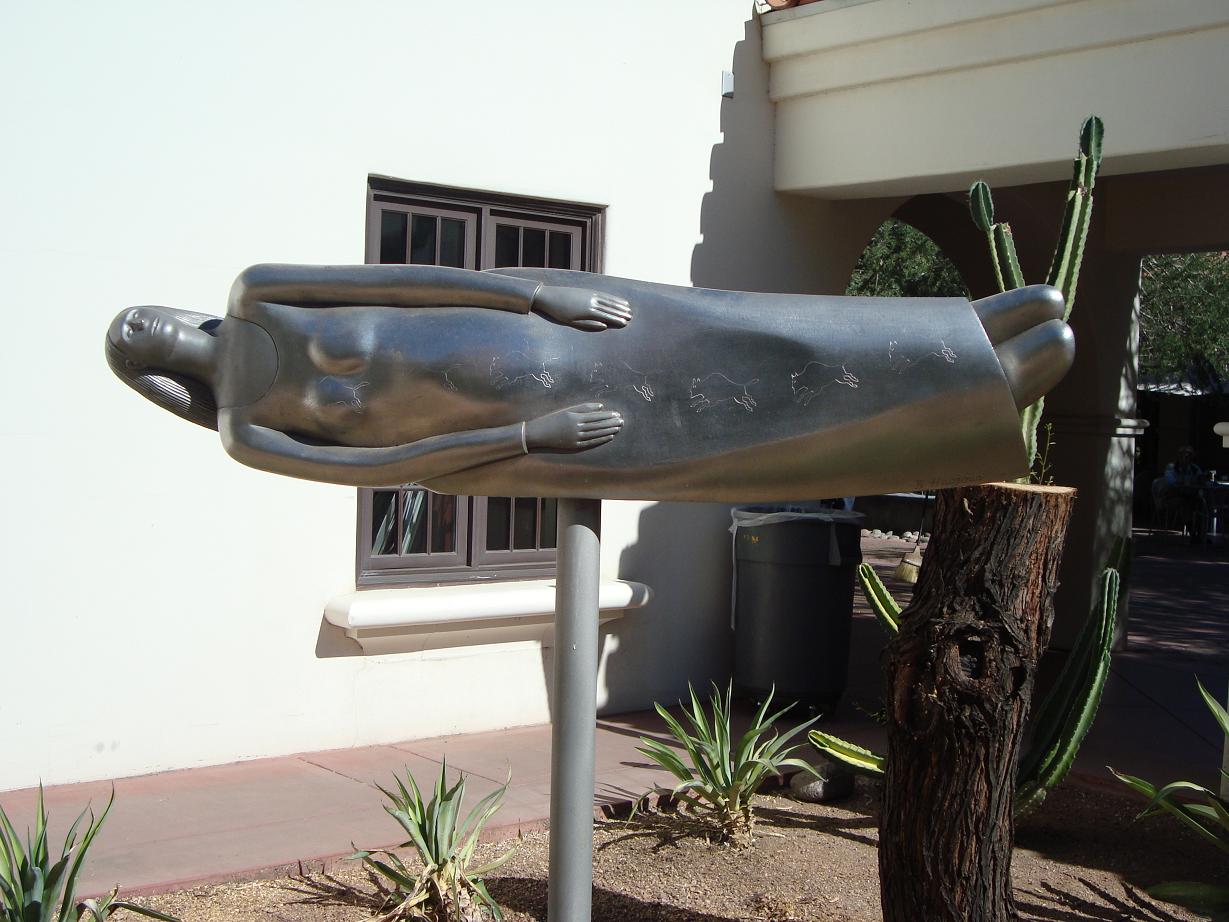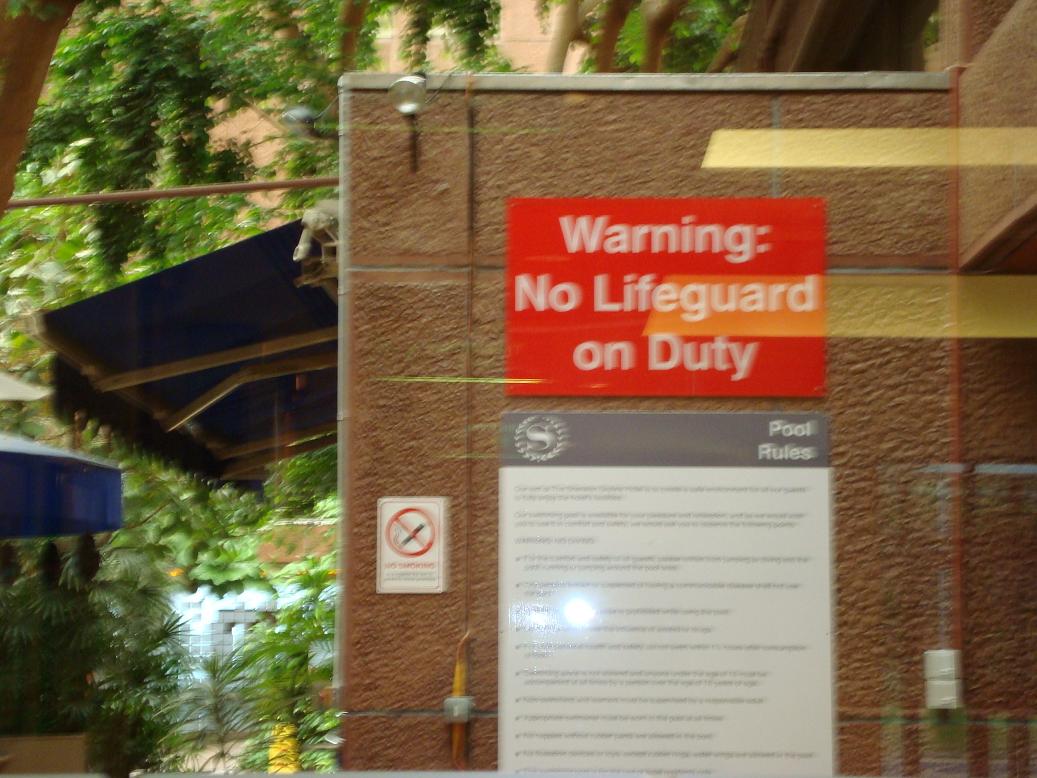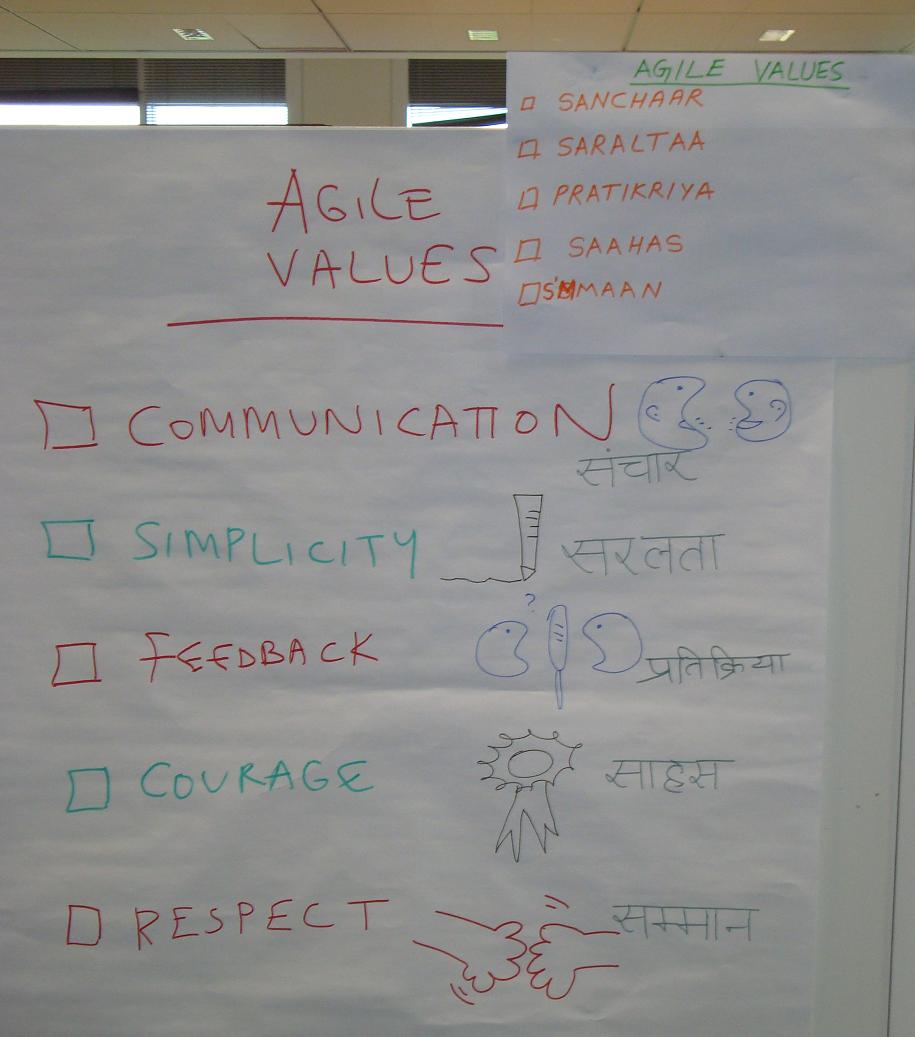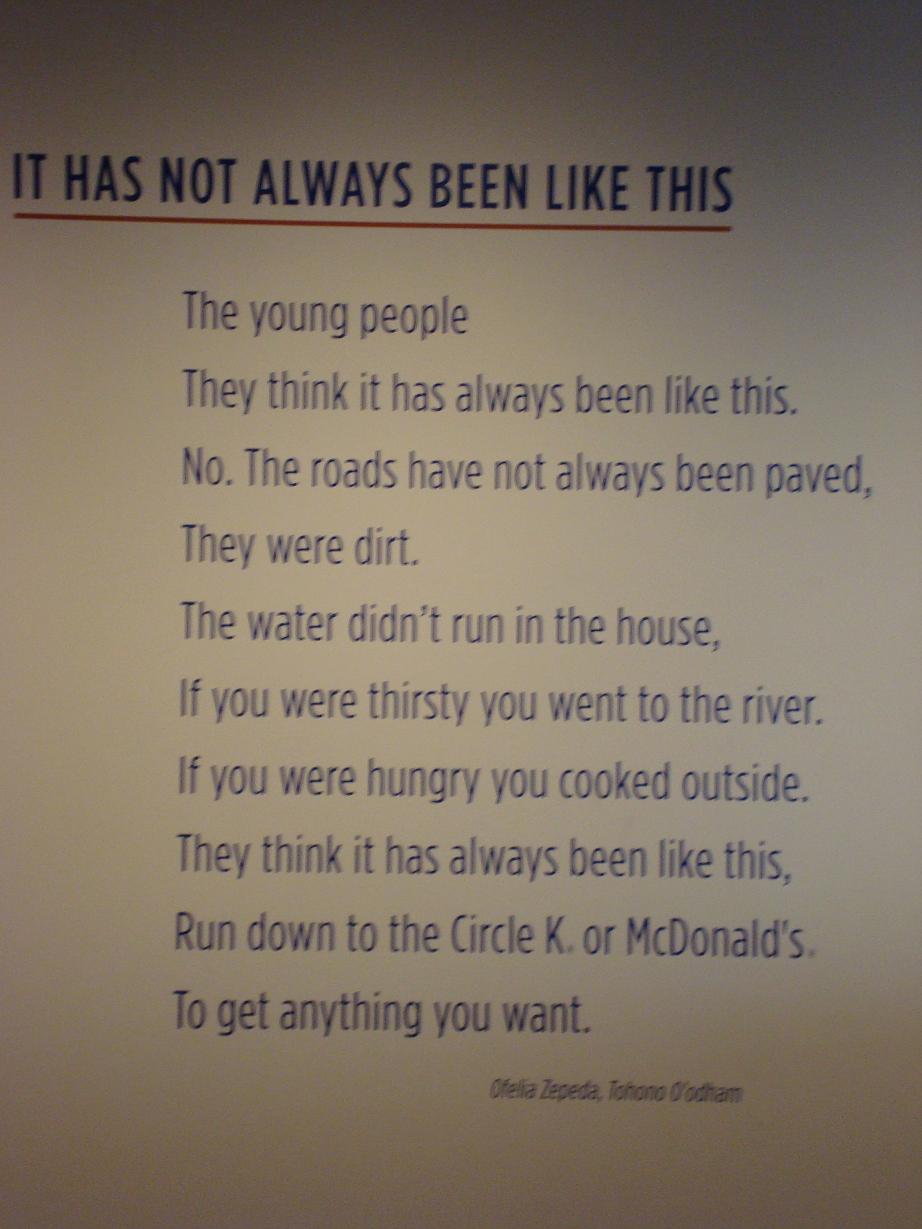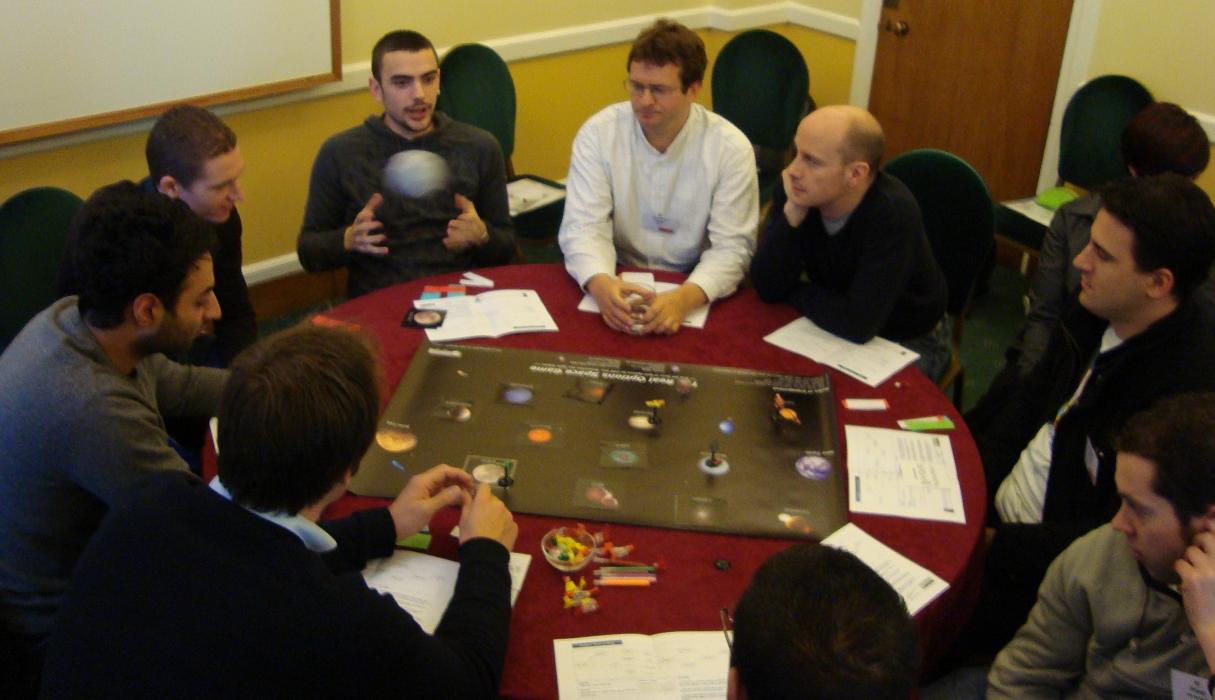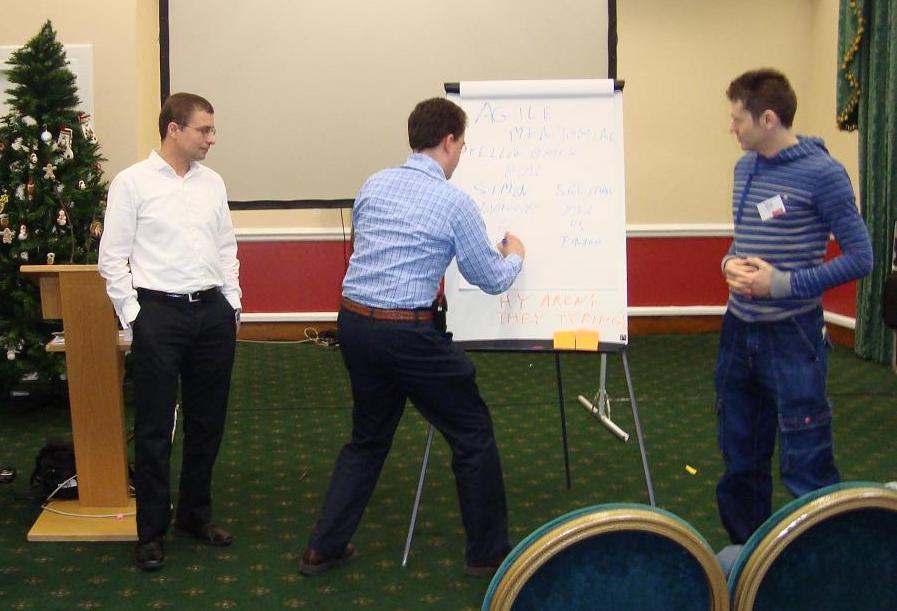2008: A Personal Retrospective
Things I’m most grateful for:
- My first Agile deathmarch with a casualty of 1. Me. Lesson Learnt: Always agree on Acceptance Criteria before doing anything.
- Learning from a diverse bunch of people: my fellow Exxies (folks from Exoftware), my client teams and especially Agilistas such as TJ, Pascal Van Cauwenberghe, Vera Peeters, Duncan Pierce, David Peterson and Simon Baker. Lesson Re-learnt: You’re only as good as the people you work with.
- Doing 3/3: coaching, consulting and training. Lesson Learnt: Each type of activity acts as a check and balance to the other two. It’s a great way of getting a fresh perspective as well as maintaining objectivity on what you do, how you do it and, most importantly, why you do it.
- Meeting more Social Science Heroes: Seeing Malcolm Gladwell present at the London Business Forum, hearing James Surowiecki present as keynote speaker at Agile 2008, seeing Jerry Weinberg demonstrate his consulting toolkit at AYE. Lesson Learnt: Seeing the speakers in action is one way of verifying the authenticity of what they espouse. Say what you mean and mean what you say.
- Scoring 5/5: The chance to present The Bottleneck Game with Pascal at the same conference as Eli Goldratt and Neil Armstrong in Paris. Lesson Learnt: The biggest things that come true often start with the smallest wish.
- Hearing Isabel Allende talk about magic realism in person as though it were real. Lesson learnt: Turning what you love into your job won’t make it a chore if you genuinely love what you do.
- All of you for reading because it keeps me writing. A special ‘Thank You’ to Pascal, David and TJ for their candid feedback. Lesson Learnt: Things that have value must meet a need.
2009: My Wishes
- I wish to learn more in 2009 than I did 2008.
- I wish to meet Seth Godin, Tom De Marco and Dale Chihuly. I also wish to meet Eli Goldratt again.
- I wish to present the Snow White and Seven Dwarves Agile Fairytale in French in Paris.
- I wish to create a third Agile Fairytale.
- I wish to try out Agile Fairytales beyond the IT industry.
- I wish to learn more about Lean and use it more explicitly as part of my Agile Coach Toolkit.
- I wish to collaborate with Agilistas such as Pascal and Vera to create A-W-E-S-O-M-E Agile games that help us all become a bit more agile every day.
- I wish to create more Agile teams that endure long after the coach is gone.
- I wish to receive requests from you, the Reader, on questions you want answers to and the reasons why you need an answer. Think Selfish Programming: The Radio Request Blog.
- I wish you a Happy 2009 – may it bring you all that you deserve!

